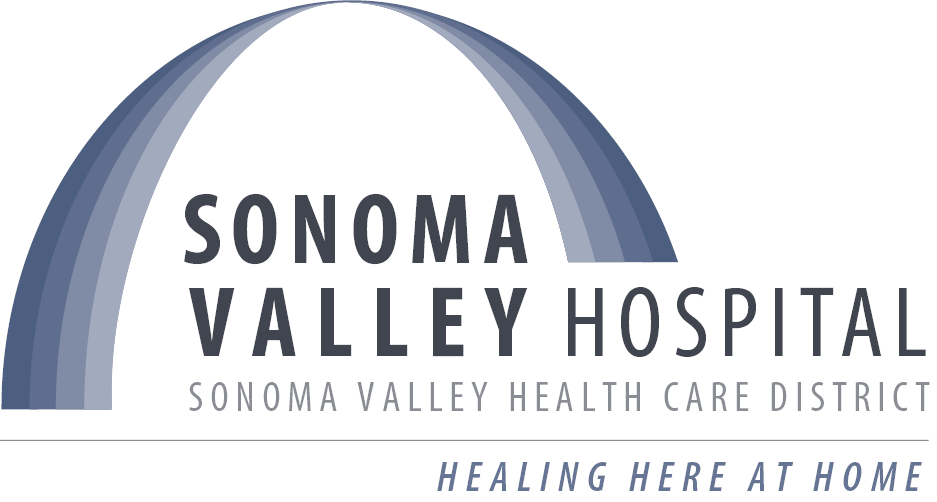Your Mental Health and Community Collaboration
May 6, 2022Leer en español
Our community connections were abruptly cancelled over two ago when the pandemic hit. Regular “meet-up” routines stopped, planned family gatherings were postponed, quinceañeras were placed on hold, routine healthcare cancelled, and celebrations of life delayed. Many of us directly experienced the impact of disconnection on us as individuals, families, neighborhoods, and in our community at large.
We adapted by utilizing virtual technologies to fill the gaps and maintain connections. But now as the threat of the pandemic eases, we are free to gather again at familiar spots, shop in-person, and actually experience those delayed celebrations.
Yet not everyone has managed the ‘disconnect’ well and some of us struggle with reconnecting. The transition from isolation—even if self-imposed‑ to reconnection is not without challenges for many. This is a process known as “post-pandemic re-entry.” Emanuel Maindenberg, a psychologist, noted, “We have entered the next stage of coping with this pandemic. Moving towards a new normal, we would expect that to be associated with a great deal of anxiety and an increase in mental health problems.” This is why in this next phase of dealing with the pandemic, our mental health needs our attention.
We must gather, share, lament, and be present for each other. We must support one another in so many ways, with a cafecito, a glass of wine, hiking at the Overlook, or a walk through the park. And we must be aware that some of us need more intensive intervention than others. At the hospital, we see acute mental health trauma presenting across all age groups from kids to the elderly. Accessing appropriate care is challenging because either the resources do not exist or the network can’t keep up. Plus the pandemic made it very clear that there is no one solution that fits all. The need for an overarching mental and behavioral health network is now more apparent than ever.
Sonoma Valley Mental Health Collective
When I arrived in Sonoma Valley, one of the first community leaders I was introduced to was Cameron Safarloo, CEO of Hanna Boys Center. When he shared his vision for establishing a centralized mental health hub on their campus with and for our community, I immediately saw the benefit.
The opportunity to establish a more robust network and enrich the mental and behavioral health services in the valley is now possible through efforts spearheaded by Safarloo, who said, “We know that there is great need for enhanced mental health services and that access to these services is severely limited in Sonoma Valley. We have begun collaborating with local, like-minded partners to meet the mental health needs of our community. In 2022 Hanna will be opening a Mental Health Hub that will greatly improve access to these critical services.”
Seventeen partners, known as the Sonoma Valley Mental Health Collective, recently collaborated to put forth a proposal to the American Rescue Plan Act for funding. This proposal is comprehensive, inclusive, culturally considerate, and will serve our entire community’s age and socio-economic spectrum.
The grant, when awarded, will fund access to specialized training and resources for providers related to responsive clinical behavioral and mental acute care. Hanna Boys Center will become a “one-stop-shop” leading the way with “informed therapies” and experts. Partners such as the Community Health Center will staff and oversee more family, youth, and adult programs and services; La Luz’s community outreach groups of Promotores and Luchadores will be more empowered; and S.O.S. will receive their dedicated community navigator. Finally there will be a sustainable on-the-ground network of services and resources here in Sonoma Valley.
As abruptly as we had to disconnect, most of us are having to abruptly reconnect. Re-entry is not without struggle and for many, the uncertainty that invaded during isolation may have taken a greater toll than anticipated. The lack of preventative mental and behavioral health upstream in the Valley and County, makes the hospital’s emergency safety net vulnerable. I applaud Cameron Safarloo (Hanna), Leslie Petersen (Hanna), Leonardo Lobato (La Luz Center), Cheryl Johnson (SVCHC), Kathy King (S.O.S.) and all of the visionary SVHMC leaders. The pandemic empowered a collaborative approach and now everyone is part of the greater healing.
La comunidad nos hace mejores.
Sincerely,
John
John Hennelly, CEO and President
Sonoma Valley Hospital
You may reach out to us directly anytime; we are here for you and with you.
Email: administration@sonomavalleyhospital.org or call us at 707.935.5257, Community Outreach.
Covid Update:
WHY SHOULD I GET ANOTHER BOOSTER? If you are moderately or severely immunocompromised, CDC recommends additional primary shots and booster doses depending on your situation. Research continues to show that getting a booster dose can decrease your risk of infection and serve illness with COVID-19. Make your own assessment, weigh your risks, act and stay informed.
2nd Booster – For those eligible, the 2nd Covid Booster can be obtained in Sonoma Valley and at various locations. Learn more at: svhpvaccines.org (https://www.svhpvaccines.org/)
Who is eligible for a second booster?
- Adults 50 and older can get a second booster dose of either the Pfizer-BioNTech or the Moderna vaccine at least four months after their first booster.
- Individuals 12 and older who have certain immunocompromising conditins can get a second Pfizer booster at least four months after their first booster.
- People 18 and older who have certain immunocompromising conditins can get a second Moderna vaccine at least four months after their first booster.
- Adults who received a primary vaccine and booster does of Johnson & Johnson’s (Janssen) vaccine at least four months ago can get a second booster dose using an mRNA COVID-19 vaccine.
SOURCES: FDA, CDC


